Here is the basic hardware I have landed on:
Raspberry PI - Use a zero for low power consumption, assuming it can process the audio
Audio ADC - TI's tlv320adc6140 is used in the Amazon Echo and other continuous listening devices. Its based on a I2S or DSP interface, which is compatible with the PI. Specs are impressive and its highly configurable -specs. Has lots of room to grow (4 channel, mixing, dsp, delay) I've looked at others (PCM4222, PCM1808, SGTL5000, CS4272, AC108, DA7212), as well as USB dongles and higher-end stuff, but too expensive, too much power, too large.
I designed a board based on the evaluation board, that exposes the RPI connections and also has a nice screw terminal to connect the microphones. Here is the board at OSH Park: ADC v1
Microphone - A stereo SASS microphone that uses - AOM-5024 electret capsules High sensitivity, low noise, flat response, cheap.
Preamp - Not sure its needed, since the selected ADC has mic input, analog gain of 42dB and digital gain of 27dB. Also would require an addl low noise power source. but here is my selections for adding a differential output preamp with dual opamps at 5v with low noise:
- ISL28290 1nV/sqrt(Hz)
- LMP7732 2.9nV/sqrt(Hz)
- LME49721 4.0nV/sqrt(Hz)
Enclosure - Put the raspberry pi in the stereo microphone enclosure - see these outdoor stereo microphone designs:
- Crown SASS - basic guide to boundary mics , 500 pages of crown memos on boundary mics
- Carpetbirder design, wood design - sturdy and sealed on top
- Alternative design - not as good for handing water or weather since its open on top
Wind noise - This has to be handled in any design. From what I have found it is crucial to reduce, probably biggest factor in a quality recording. Here are some materials I have tested that pass sound suitably but block wind:
- Landscape fabric
- Nonwoven - Gardus Lintcatcher - a big bag with a drawstring - seems to repel water, but maybe needs treatment. Was $5 at the big box home improvement store.
- Nonwoven - Swiffer dry sweeping cloths - cover a microphone capsule with this. Can use some aluminum window screen to make a framework to drape the this over.
- Standard open cell foam - works too, but may absorb water
Other Materials - Here is some other stuff I've collected for their sound deadening properties:
- Plumbers putty - heavy and does not resonate. Also HVAC putty is same, but probably more weatherproof.
- Heavy rubber - I found a step cover made of 1/4 inch heavy flexible black rubber at the big box home improvement store. Could be cut up in a sheet.
- Vinyl floor tiles
- MLV - Mass loaded vinyl
- Car sound deadening products? - seems not as good - made for high temps.
Code
audio-recording-firmware-raspi-tlv320adc6140 - Raspberry Pi (device tree overlay, python firmware, python continuous recording)
nature-audio-ai - Jupyter Notebooks for classification and prediction, starting with bird calls.
Animal call web app - a python web application that allows users to find animal calls in the recordings.
Important features so far:
High quality audio
- Using a custom build ADC board with advanced signal processing and low noise (-120db) 24 bit
- More sensitive microphone capsules with 2 channel recording (stereo)
- A boundary design (SASS copy) for the stereo array to ensure accurate natural sounding stereo imaging.
- Dual wind screens for wind noise and dampening for physical vibration
- Addition of 2 more advanced compression formats - opus which provides better performance and flac which is lossless compression.
Low power usage (70mA at 12 volt during recording)
- Raspberry pi zero W, which uses less current than other RPis.
- ADC does not require a USB connection (uses I2S pins) which uses less power than a usb bus or usb device.
- Bluetooth and HDMI interfaces shut down to save power.
- WIFI shutdown when not needed to save power
- A 5Ah 12v LiPo battery can power the system...
 Filip Mulier
Filip Mulier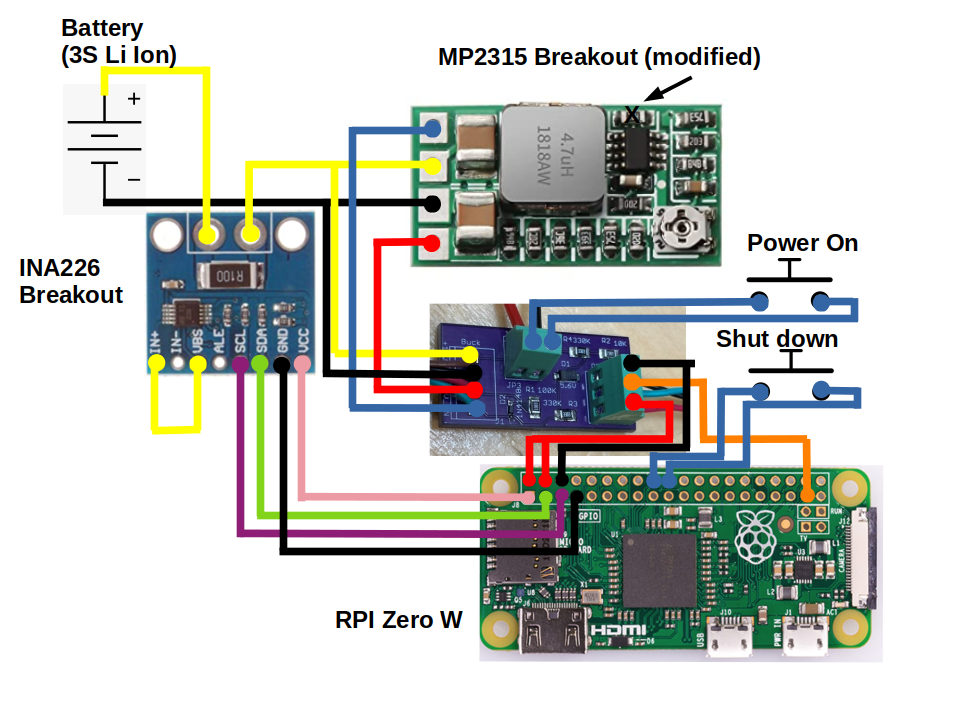
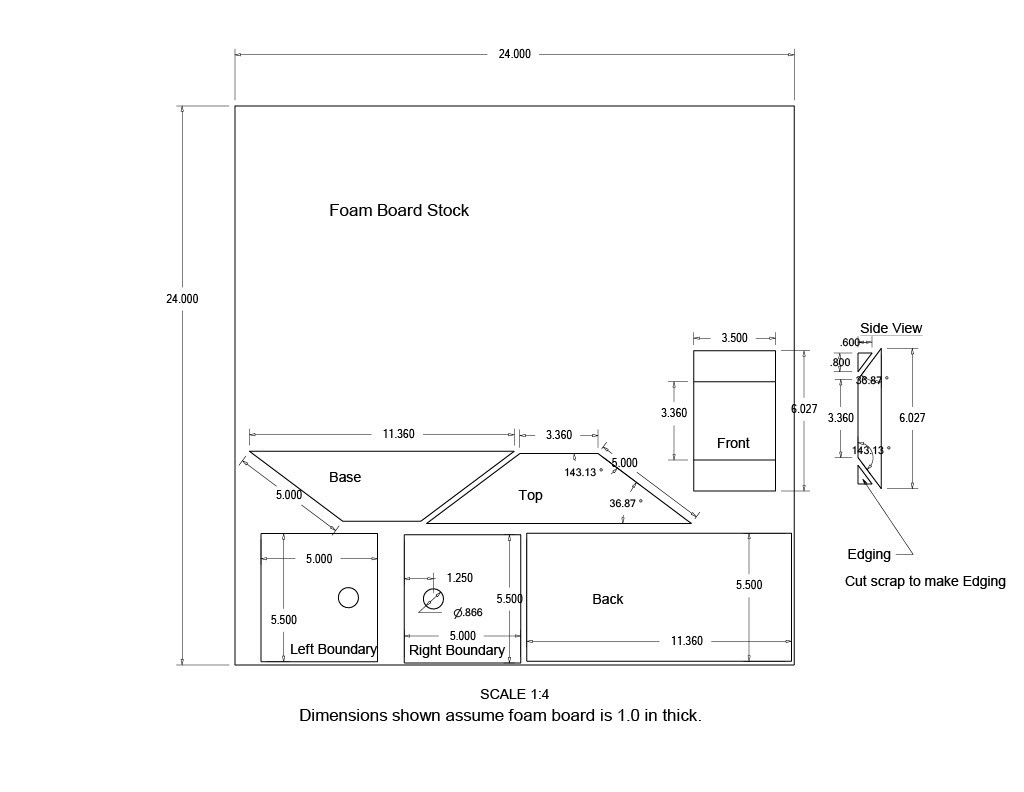
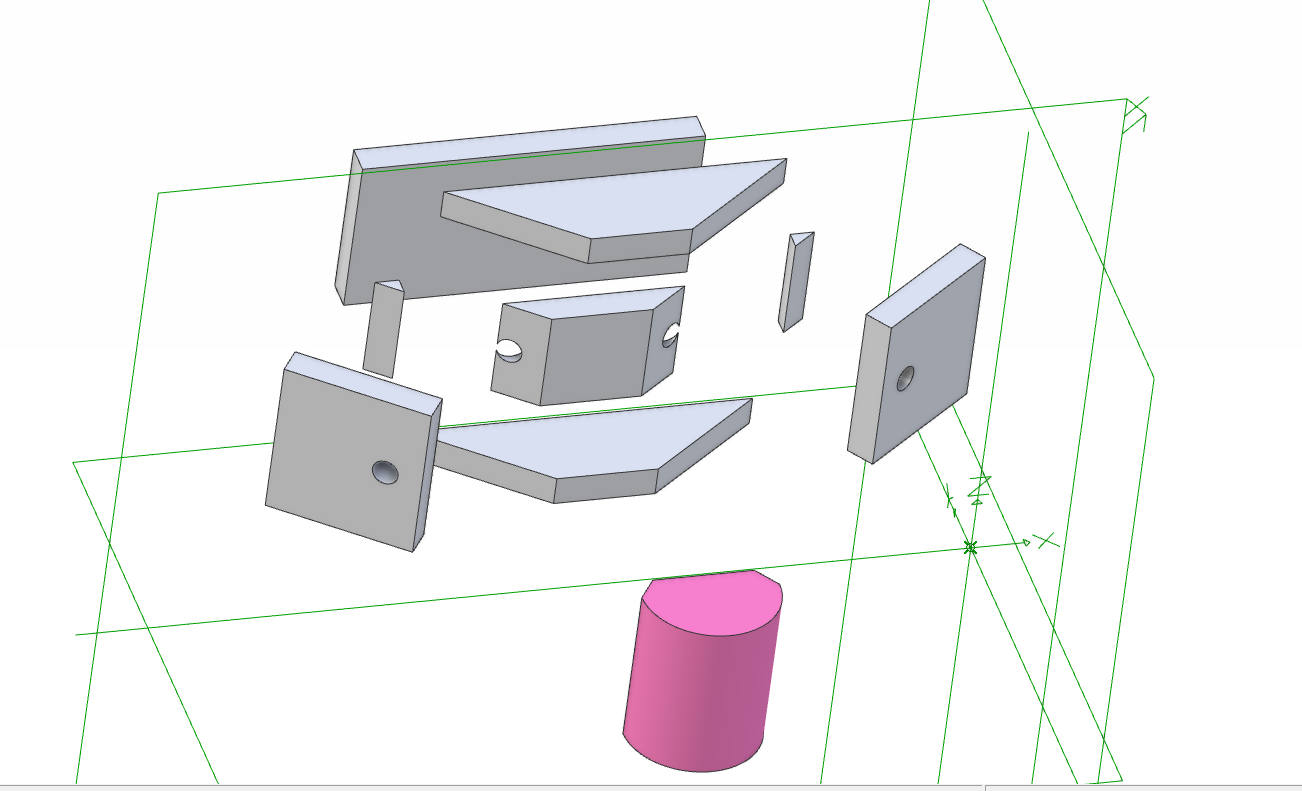
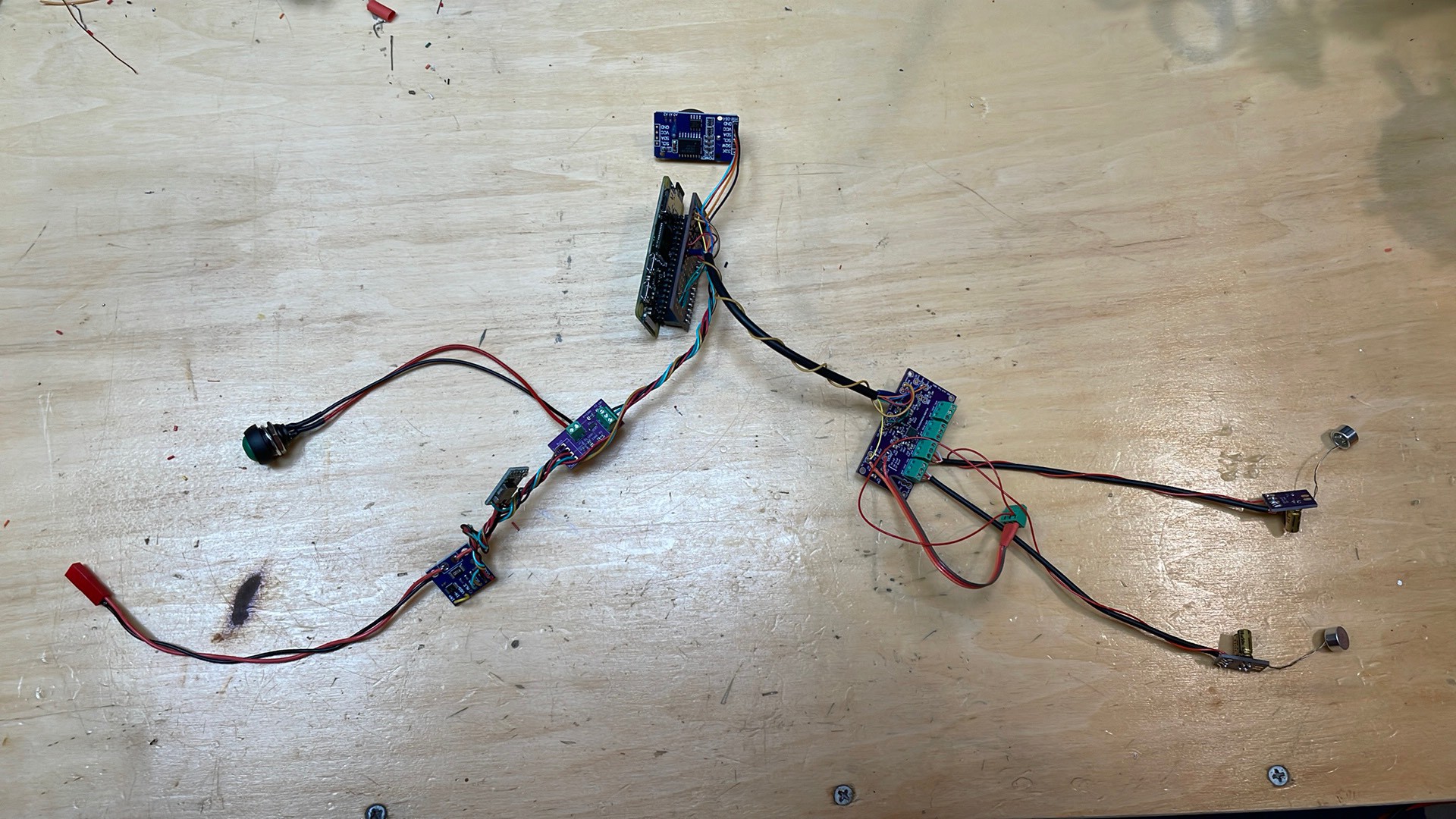
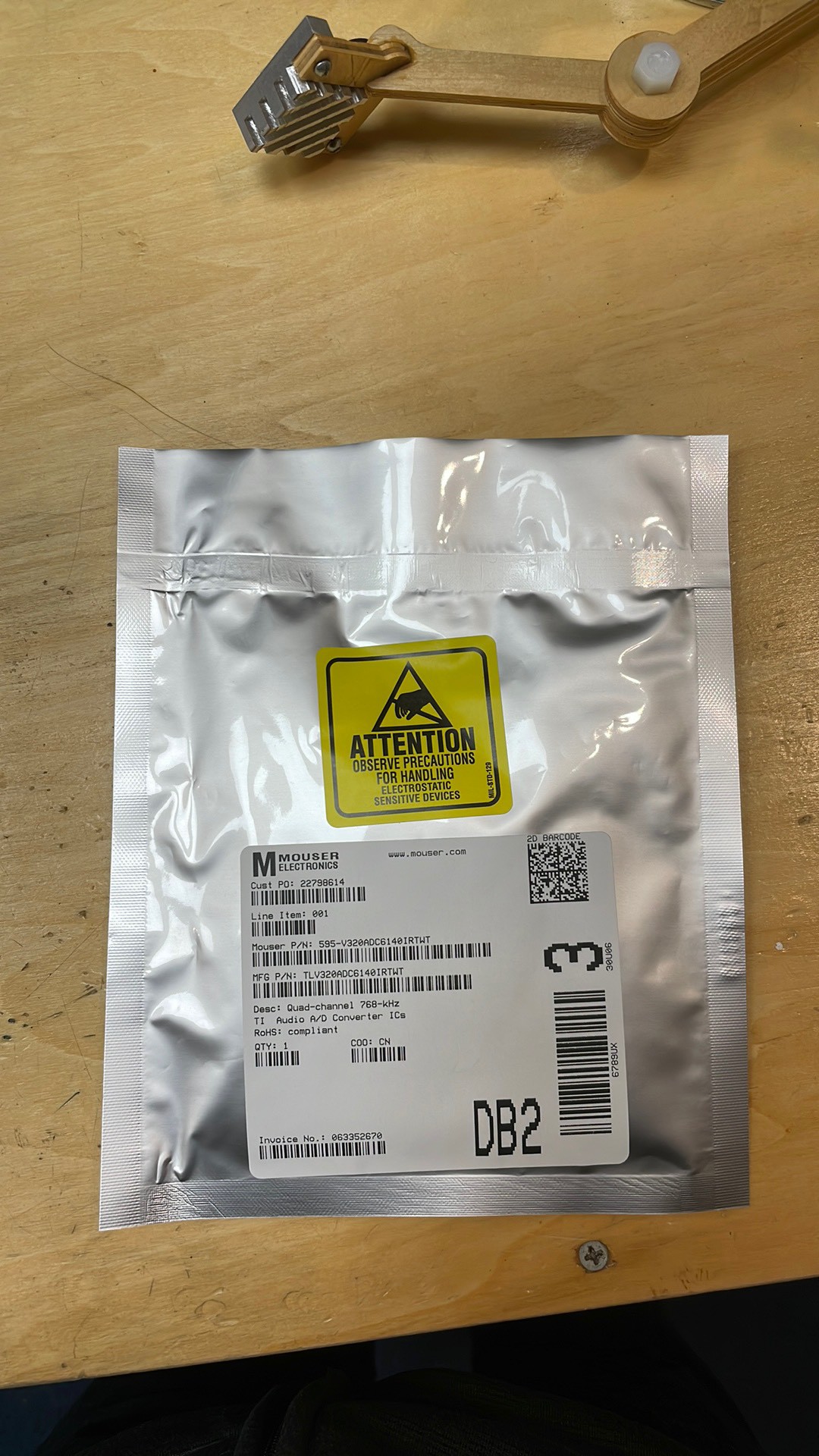
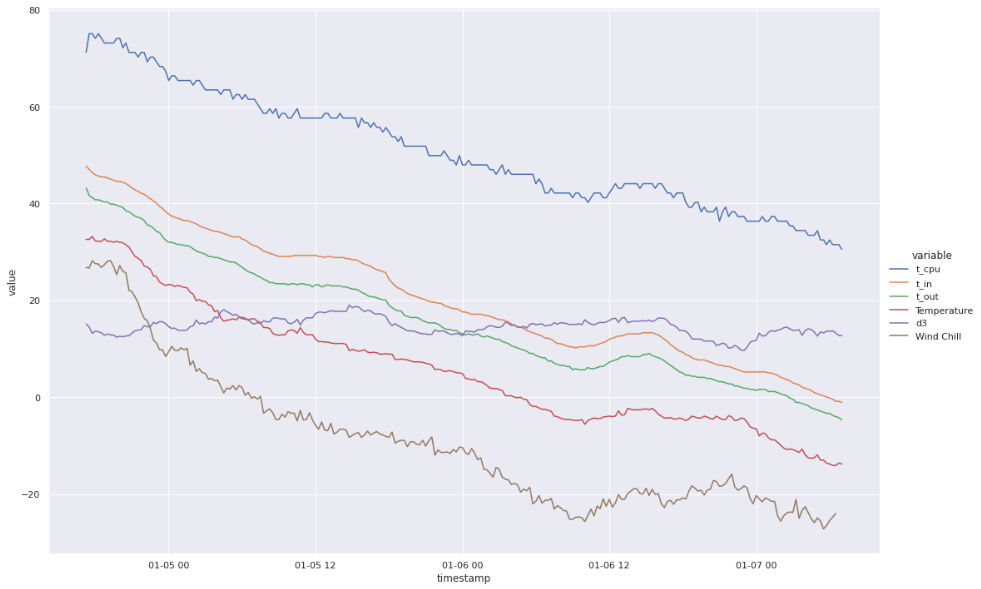

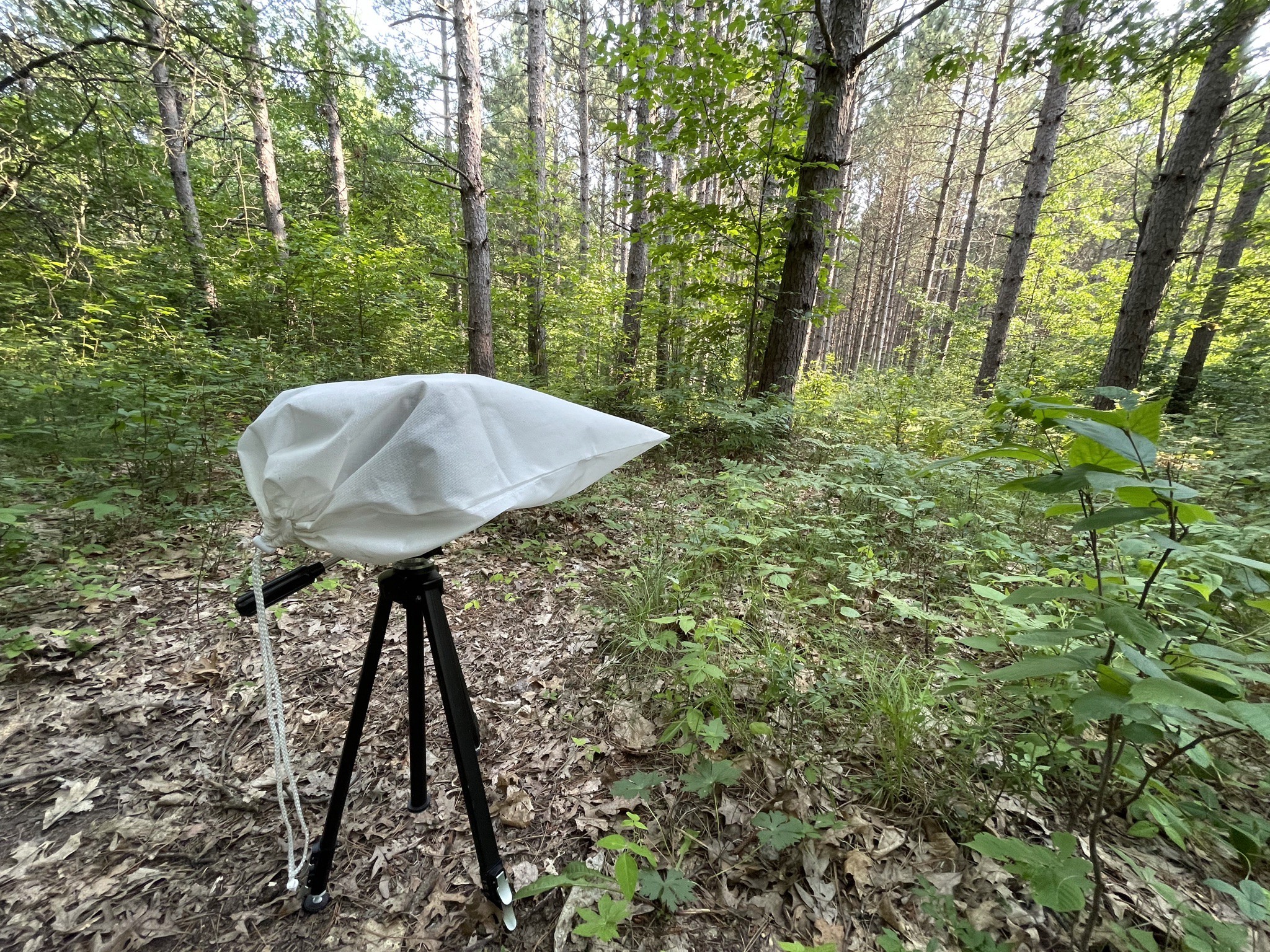
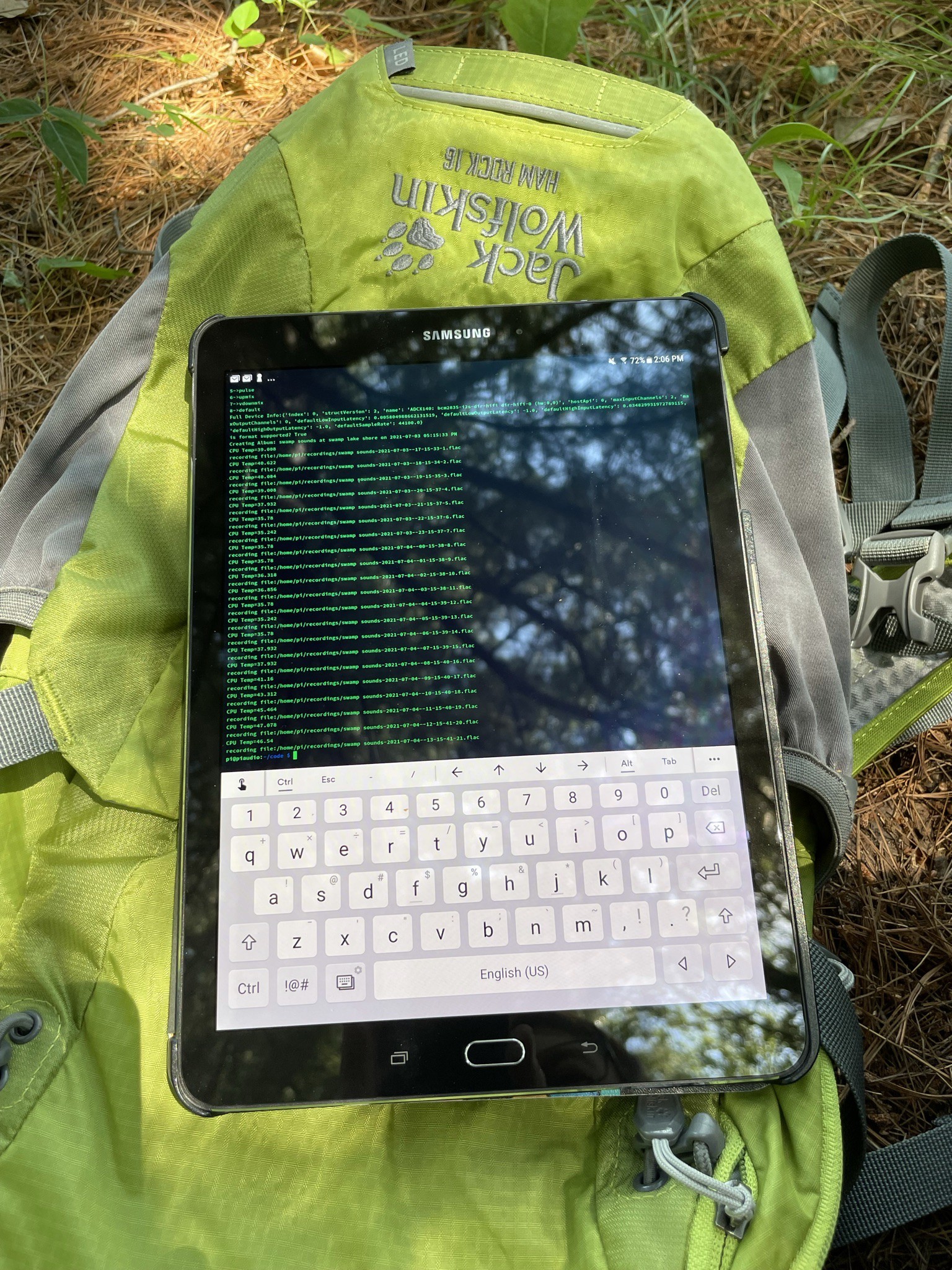
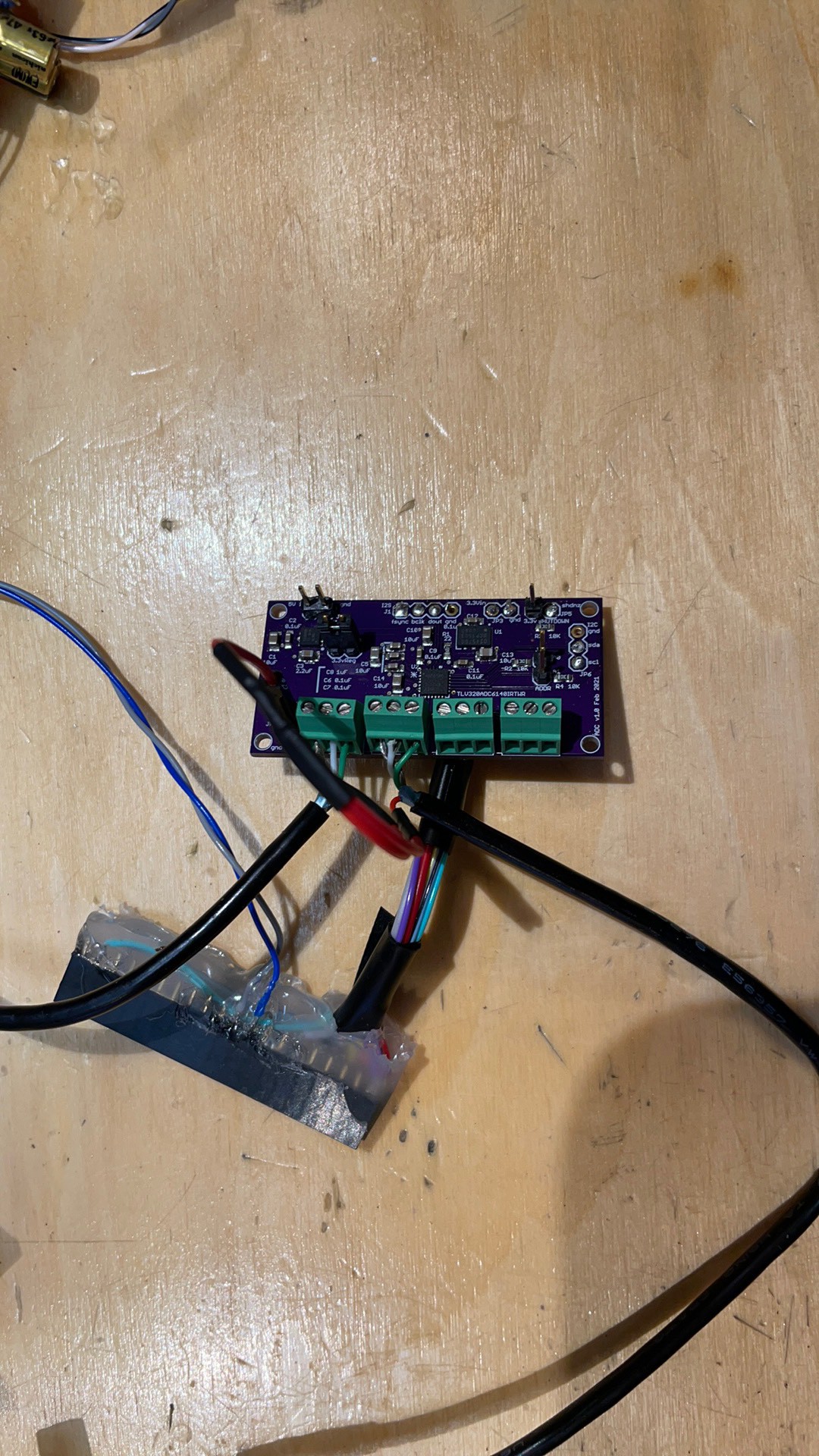
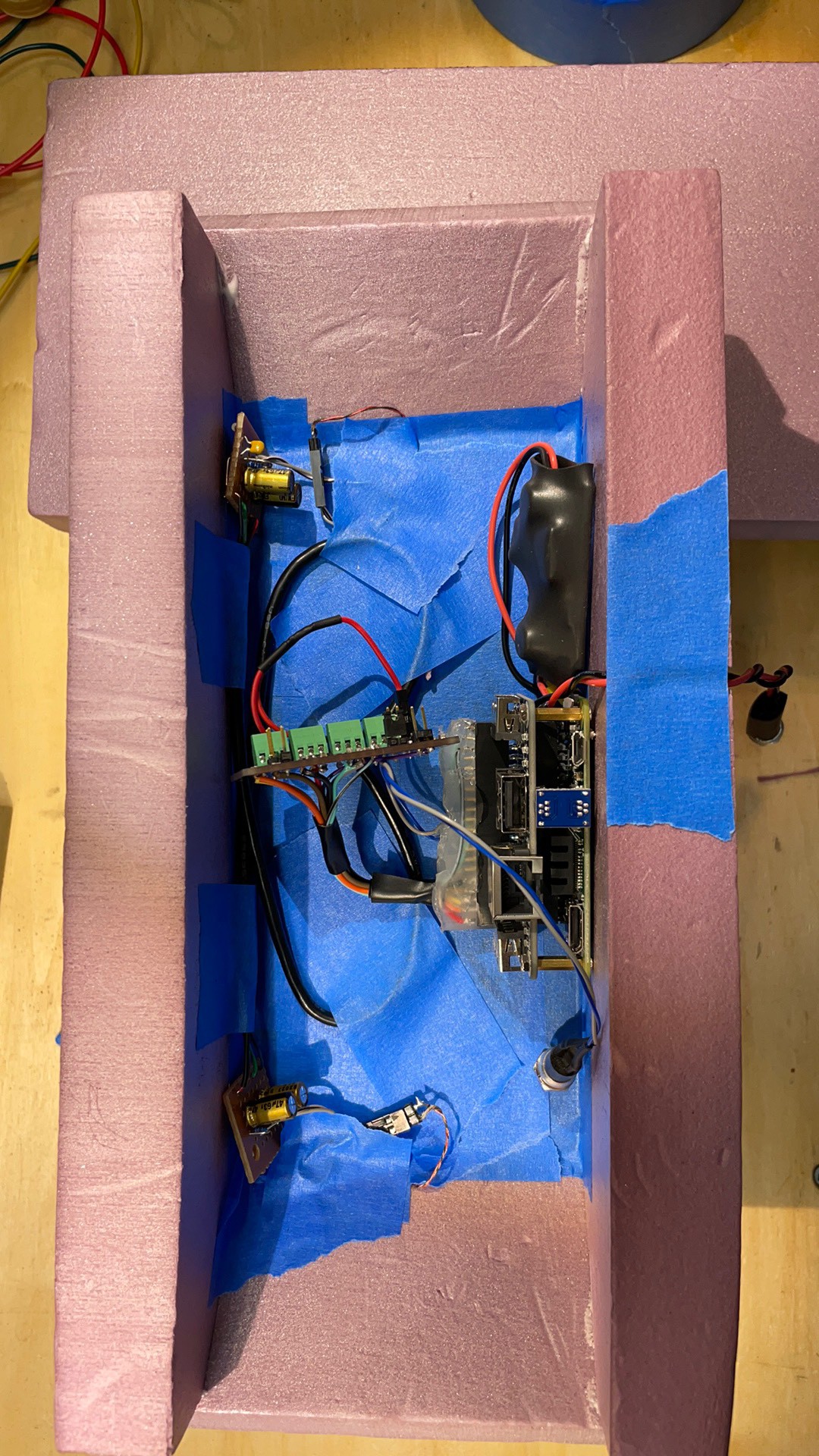
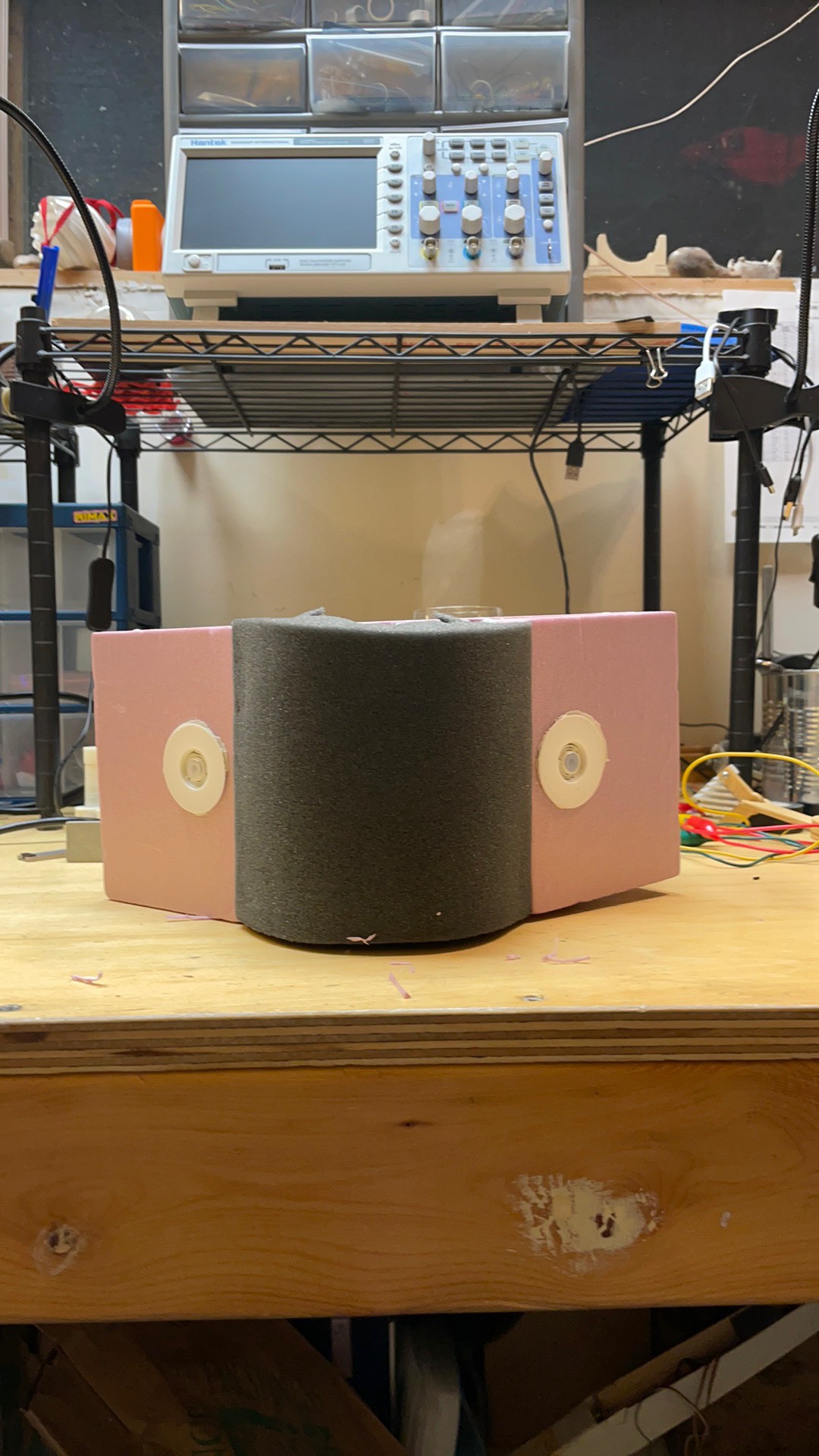
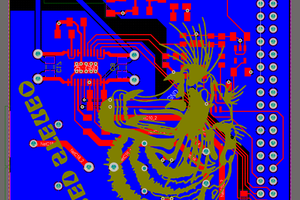
 StephanStrassleRojas
StephanStrassleRojas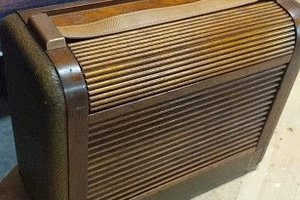
 Jacob Daniels
Jacob Daniels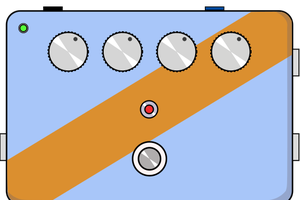
 Ben Jacobs
Ben Jacobs
Hello and congratulations on your project!
I was wondering if your project could use 4 microphones simultaneously? It seems a bit difficult to do so via I2S...
François